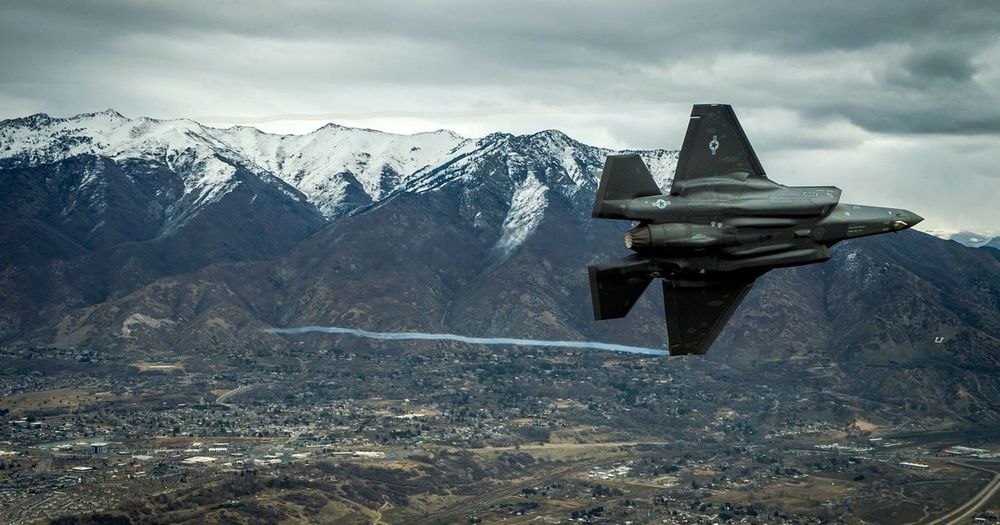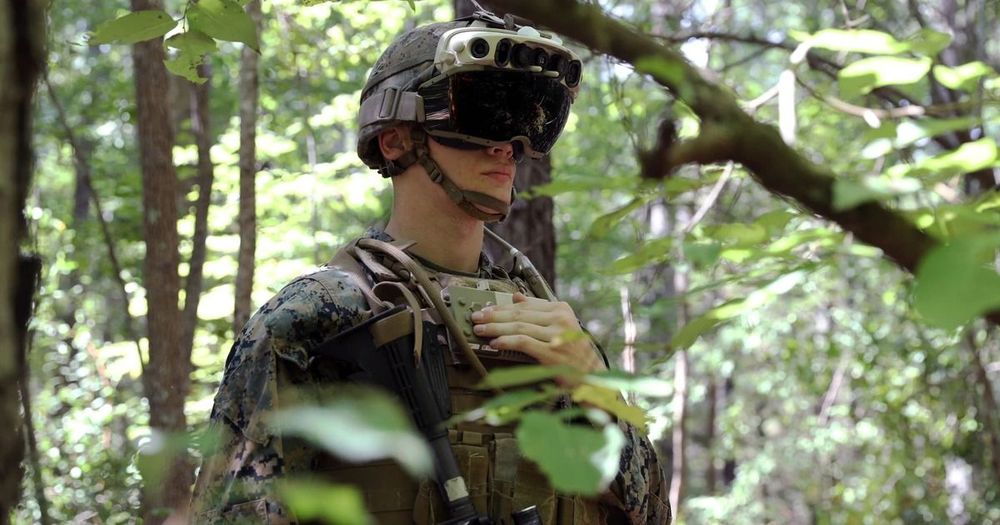An article on Britain’s own Future Fighter program.
Britain has new data to help make crucial decisions as to its pathway to future air dominance and a healthy indigenous aerospace and defense sector.
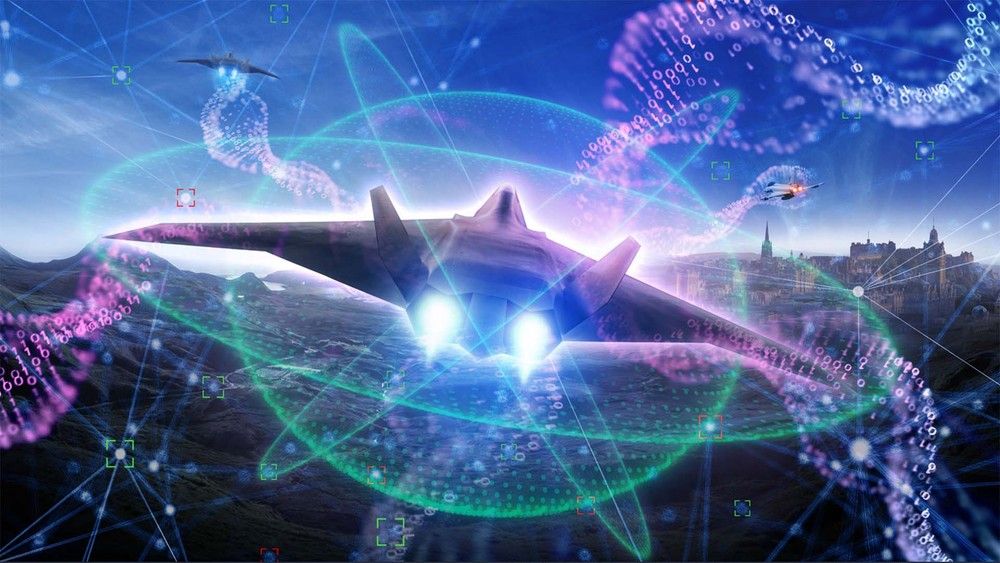
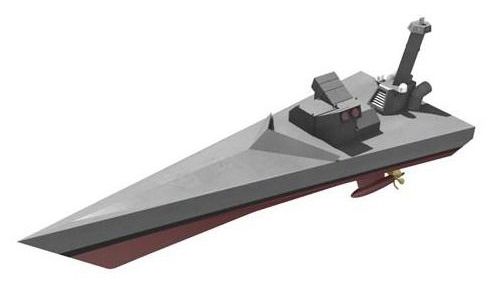
Seven performers selected to pursue novel USV concepts and enabling technologies.
DARPA has awarded seven contracts for work on Phase 1 of the NOMARS program, which seeks to simultaneously explore two competing objectives related to unmanned surface vessels (USV) ship design: the maximization of seaframe performance when human constraints are removed; and achieving sufficient vessel maintenance and logistics functionality for long endurance operations with no human crew onboard. NOMARS aims to disrupt conventional naval architecture designs through creative trade space explorations that optimize useable onboard room considering a variety of constraints. This should pave the way for more capable, affordable small warships that can be procured and maintained in large numbers.
Autonomous Surface Vehicles, LLC, Gibbs & Cox Inc., and Serco Inc. received Phase 1 Track A awards, and will work toward developing novel NOMARS demonstrator conceptual designs. These awards will focus on maximizing vessel performance gain across new design criteria, with potential considerations to include: unusual hull forms, low freeboard, minimizing air-filled volumes, innovative materials, repurposing or eliminating “human space” exploring distributed system designs, and developing architectures optimized for depot-maintenance.
Barnstorm Research Corporation and TDI Technologies, Inc. received Phase 1 Track B awards, and will develop robust approaches to ship health-monitoring via novel Self-Adaptive Health Management (SAHM) architectures, which will be pivotal to achieving NOMARS at-sea endurance and reliability objectives. InMar Technologies and Siemens Corporation also received Phase 1 Track B awards; the former will develop new techniques for morphing hull structures to maximize performance, while the latter will implement toolsets previously developed through the DARPA TRADES program to design optimized material structures for novel NOMARS ship concepts.

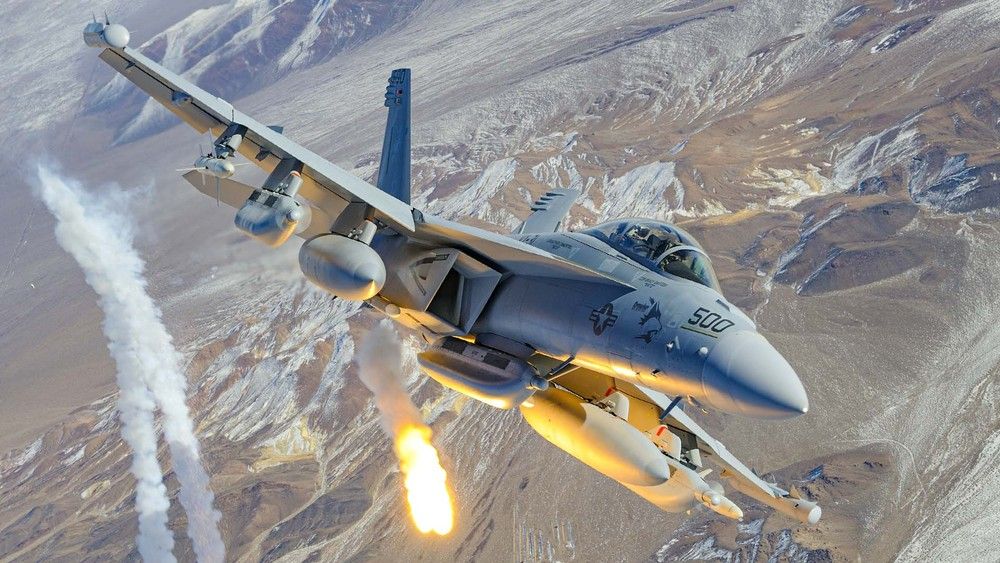
Doug Robinson
‘Machines set loose to slaughter’: Dangerous rise of military AI…
The long read: Autonomous machines capable of deadly force are increasingly prevalent in modern warfare, despite numerous ethical concerns. Is there anything we can do to halt the advance of the killer robots?
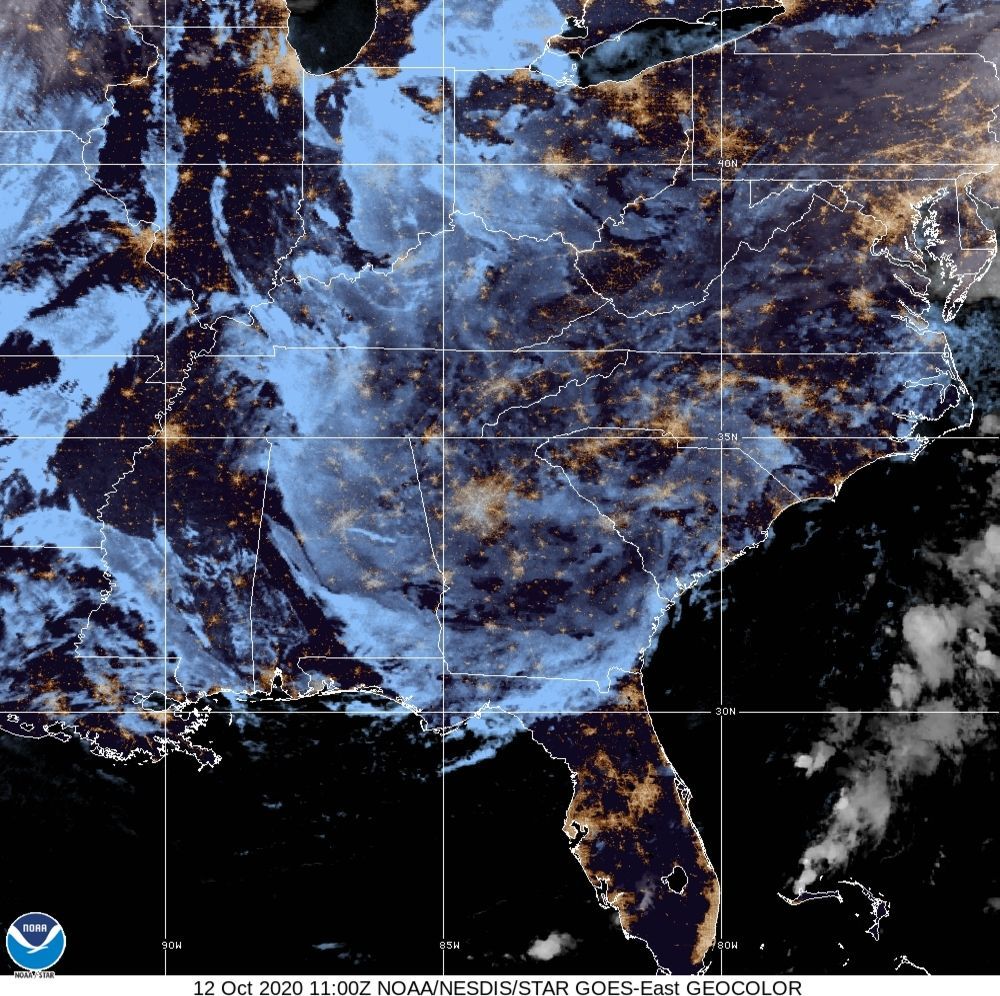
SpaceX won a $2 million contract from the SpEC consortium to study ways to provide weather data to the U.S. Space Force.
WASHINGTON — SpaceX is looking at ways it could provide weather data to the U.S. military. The company is working under a $2 million six-month study contract from the U.S. Space Force’s Space and Missile Systems Center.
Charlotte Gerhart, chief of the Space and Missile Systems Center Production Corps Low Earth Orbit Division, said in a statement to SpaceNews that SpaceX received the contract in July from SMC’s Space Enterprise Consortium.
The contract is to “assess the feasibility and long term viability of a ‘weather data as a service business model,’” said Gerhart.
A new missile which can hit targets a thousand miles away in 15 minutes.
An Air Force Global Strike Command official has given us an indication of how fast the Air Force’s new Air-launched Rapid-Response Weapon will fly.

Today, the Department of Defense announced $600 million in awards for 5G experimentation and testing at five U.S. military test sites, representing the largest full-scale 5G tests for dual-use applications in the world. Each installation will partner military Services, industry leaders, and academic experts to advance the Department’s 5G capabilities. Projects will include piloting 5G-enabled augmented/virtual reality for mission planning and training, testing 5G-enabled Smart Warehouses, and evaluating 5G technologies to enhance distributed command and control.
“The Department of Defense is at the forefront of cutting edge 5G testing and experimentation, which will strengthen our Nation’s warfighting capabilities as well as U.S. economic competitiveness in this critical field. Through these test sites, the Department is leveraging its unique authorities to pursue bold innovation at a scale and scope unmatched anywhere else in the world. Importantly, today’s announcement demonstrates the Department’s commitment to exploring the vast potential applications and dual-use opportunities that can be built upon next-generation networks,” said Michael Kratsios, Acting Under Secretary of Defense for Research and Engineering.
The test sites include: Hill Air Force Base, Utah; Joint Base Lewis-McChord, Washington; Marine Corps Logistics Base Albany, Georgia; Naval Base San Diego, California; and Nellis Air Force Base, Las Vegas, Nevada.
